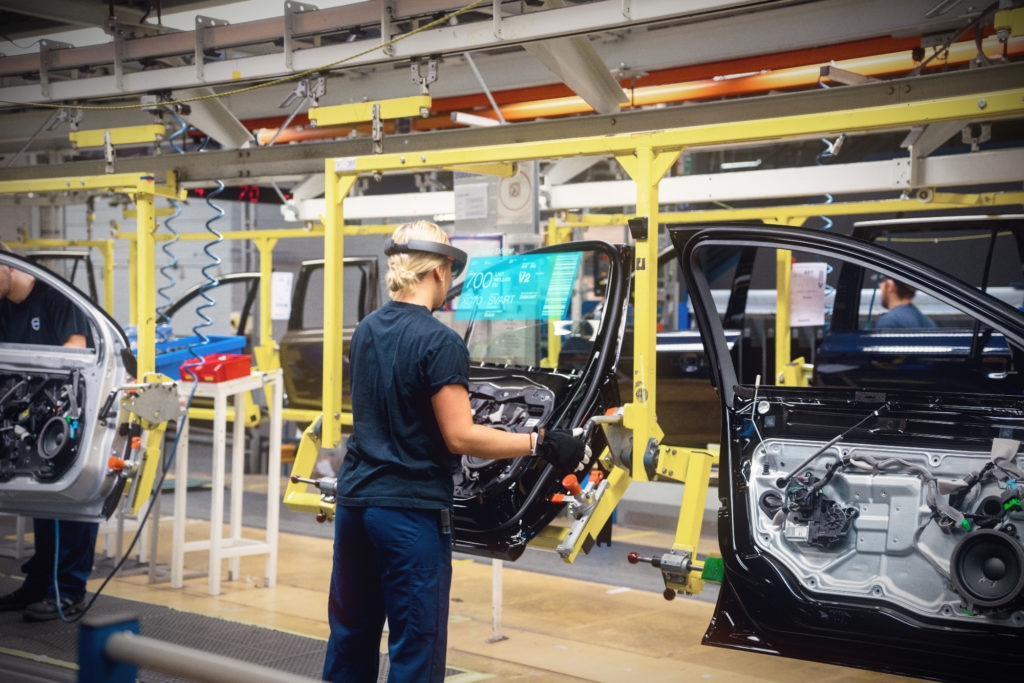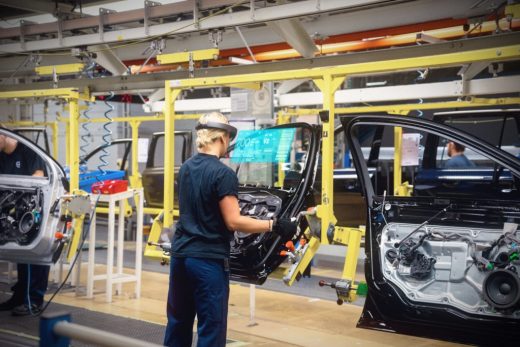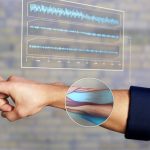When is the time to jump in on industrial augmented reality?
When is the time to jump in on industrial augmented reality?

As a passive spectator of the AR solutions offered to industrial (B2B) applications for the last 10 years, I have interacted with many different peers, the ideas of whom I could always put in two buckets.
The early adopters: It was easy to learn about their current projects, listen to them passionately talk about developments in the field, and scratch the surface of their content to discover all the limitations of the solution applied. Most of their AR products and ideas had a very narrow field of application, hardware limitations, costs that would break any plausible economic justification and, in general, were common in companies that had the inclination to explore the limits of the technology.
The deniers: A large group that either didn’t know the technology well enough or decided to confine their applications to the marketing and gaming industries. I was one such denier.
But it’s 2017, and suddenly, the panorama is very different. Early adopters are not a cult hiding behind awkward glasses anymore, and business leaders in operations, maintenance, service, and logistics who previously in denial need to get a big surfboard and get ready to ride this tsunami or be drowned.
Strong words, some may say, but considering the following advances in selected fields, it is clear that the world has changed.
How software is different
Indoor mapping, positioning, and navigation capabilities are now available, and both the hardware and the software — partially in connection with the significant push that self-driving cars is providing — are available and robust. Logistics and other applications that used to be limited to GPS geolocation are now unlocked.
The impact of computer vision and machine learning
The core of the AR technology, enabling the identification, mapping, recognition, and tracking of different objects has moved from a lengthy, programming-intensive process to a more automatized one. We are not yet at sci-fi levels, where millions of objects can be instantaneously recognized and processed, but the abilities necessary to support recognition and tracking for maintenance and training B2B applications are here and have costs that can survive a common investment ROI analysis.
Changes in hardware
A few years ago the smart glasses available in the market had several limitations: they were heavy, had a limited field of view, overheated, had a short battery life, were monocular, and provided a poor experience overall. Progress and specialization, however, are getting us much closer to the ideal specs. Companies bringing what matters for industrial applications: Ansi certifications (NSI Z87.1), hardhat mount configurations, and explosion proof (NEC Class I Div 1&2) ratings for smart devices. Other smaller design features like external batteries and processors, safe connections, and limited visual obstruction are bringing us closer to the hardware extended industrial uses will require.
And, of course, bandwidth
While some AR applications will run locally, some with the cloud and some with other company ERPs that can be batched and put off until a Wi-Fi connection is available, the ultimate goal is to have the offline AR world connected with live features like remote assistance and other capabilities that consolidate all relevant information sources into one device. IoT has aided in this effort, converting any space — manufacturing and service plants, warehouses, data centers, refineries, and offshore platforms — into a bandwidth consumer for all the devices connected. It has effectively moved connectivity from solely an application to the key for company growth.
See also: Industrial IoT could help slash carbon emissions
Industrial applications require proof of concept, which leads to a pilot, which subsequently leads to a refined first solution, several interface design enhancements, thus modeling the scalability of the solution, further integration with legacy hardware and other IoT solutions, and full global deployment.
AR technology is a journey, where progressive steps need to be measured in productivity, ergonomics, and the impact on the company culture. These steps and how companies select partners and approach with the right speed make a significant difference in productivity, impact, value and the success of the solution.
2017 is definitely the year to jump into the AR field — if not, in five years, your competition will have blown you away with their superior AR approach. Get in touch, get involved, make the first step.
The post When is the time to jump in on industrial augmented reality? appeared first on ReadWrite.
(17)













